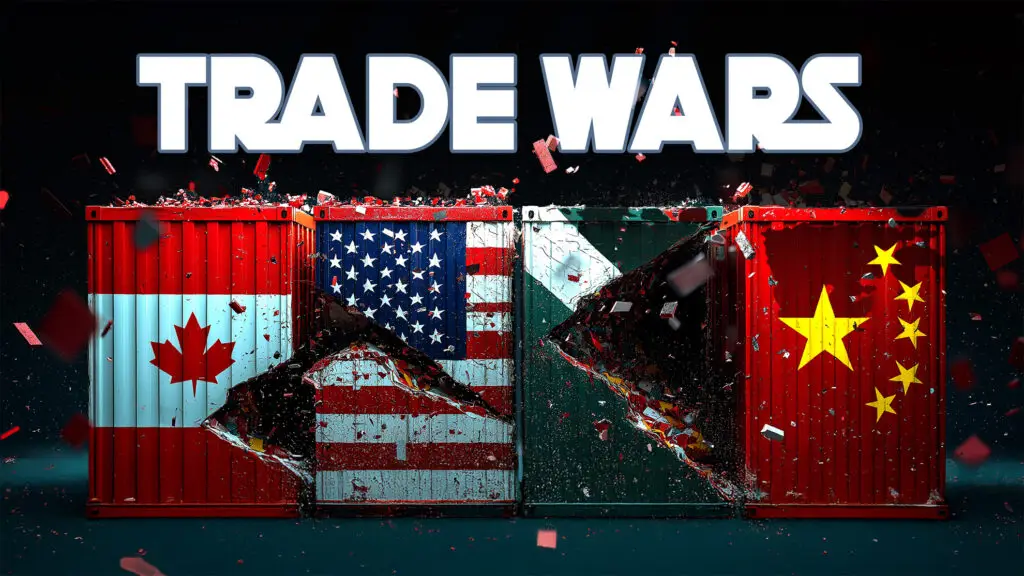U.S. Commerce Secretary confirms effective date for tariffs on Canada and Mexico
U.S. Commerce Secretary Howard Lutnick confirmed on March 2 that tariffs on Canada and Mexico will take effect on March 4, but President Trump will decide whether to maintain the planned 25% rates.ReutersReport (March 2, 2025).
“This is a dynamic situation,” Lutney said in an interview Sunday morning. “Tariffs will be imposed on Mexico and Canada on Tuesday, and the exact rates will be left to the president and his team to negotiate.”
Lutney's comments were the first indication by the Trump administration that it might not impose the threatened 25% tariffs on all goods from Mexico and Canada.
He also mentioned that Trump is expected to raise tariffs on China on Tuesday unless China stops trafficking fentanyl to the United States.
LumberFlow Expert Interpretation
The current tariff dynamics will have a significant impact on the lumber markets in North America and China. As Canada and the United States implement tariffs on lumber products, the following supply chain impacts are expected to occur:
- Immediate supply chain impact:The implementation of tariffs could lead to a shortage of lumber supply, especially in Canada and the southern United States, where lumber producers may face higher transportation costs and market uncertainty.
- Demand replacement mode:If North American supplies decrease, Chinese buyers may turn to Russian lumber, especially products from the Russian Far East, because of lower freight costs and a more stable supply.
In the current market environment, Chinese importers should consider adjusting their inventory strategies based on the CME lumber futures curve to ensure supply stability in an uncertain tariff environment.
In addition, it is recommended to compare on contract types, such as FCA (Free Carrier), FOB (Free On Board) and CIF (Cost, Insurance and Freight) to optimize procurement costs and risk management.





